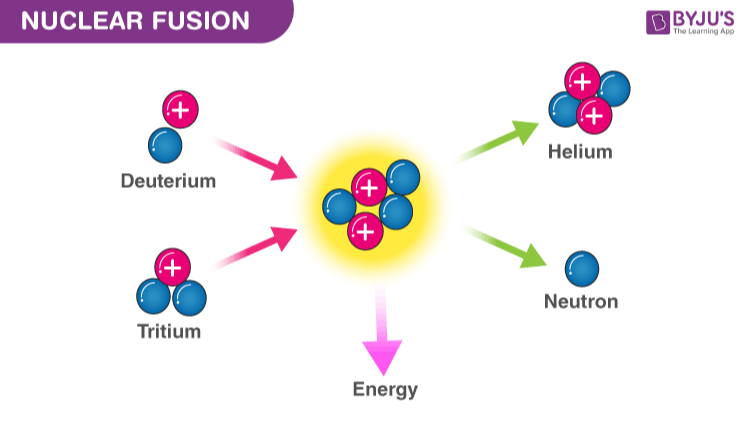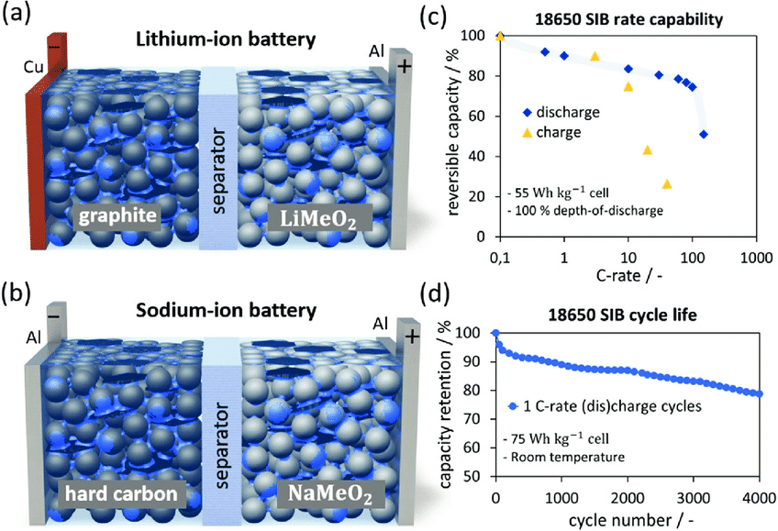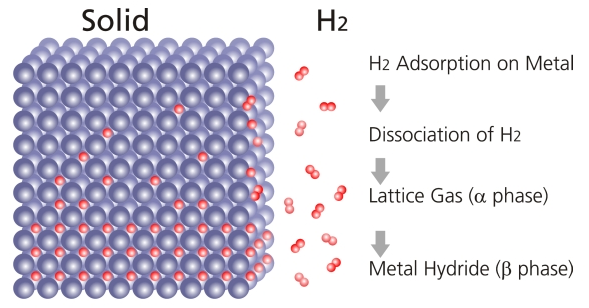Jack Colreavy
- Dec 13, 2022
- 7 min read
ABSI - Emerging Energy Technologies
Every Tuesday afternoon we publish a collection of topics and give our expert opinion about the Equity Markets.

Today the US department of energy will announce “a major scientific breakthrough”. According to sources, the expected announcement is the confirmation of a world-first net energy gain in a fusion reactor. ABSI this week takes a look at some of the emerging energy technologies that might emerge over the next century.
Fusion power is the holy grail of energy, promising limitless zero-carbon power by replicating the fusion reaction that powers the sun. That reaction involves combining two atomic nuclei to form a heavier nucleus and energy. Physicists have pursued this goal since the 1940s but to-date nobody has been able to produce more energy than the reaction consumes.
It is important to appreciate the reason for the lack of progress are due to the laws of physics; the most pertinent being due to lower gravitational pressure, a temperature of at least 100 million degrees Celsius would be required to create the reaction requiring a significant energy input. However, if this major hurdle has been cleared there are still a long runway of additional hurdles. Most notably, the supply chain as the process requires a set of rare and precious minerals including a fuel source of deuterium and tritium, which are heavier forms of naturally occurring hydrogen.
Source: BYJU
Despite the detractors, nuclear fusion companies have had no problems raising capital. It is estimated that US$4.8 billion has been raised for projects over the previous decade, with US$2.8 billion of that raised in the past 12 months alone, demonstrating the growing interest in the technology and the potential to revolutionise the multi-trillion dollar energy industry. Importantly, fusion isn’t the only next-gen technology attracting investment.
The advent of lithium-ion batteries has enabled a multitude of new industries. However, the technology is fraught with issues from slow recharging to battery degradation. As a result, scientists are working on discovering the next generation of battery technology. Leading the pack are sodium-ion batteries. Sodium batteries are almost identical in structure to its lithium counterpart, with the lithium being replaced with the more abundant and cheaper sodium.
The advantages of the change are the materially lower cost and significantly higher capacity, with some prototypes reporting a 4x increase in capacity. Unfortunately, there is a reason for the lack of adoption and that revolves around size and weight. Sodium batteries are significantly heavier and larger making them unsuitable for EVs. Moreover, they still suffer the cycling issues of other battery technologies. However, there is a great opportunity for adoption in the large-scale battery storage industry which is starting to boom as more renewable energy enters global energy grids.
Source: Research Gate
Continuing on the energy storage topic, we’ve now all heard about green hydrogen and the potential benefits from its production through electrolysis. However, the industry is still in its infancy and a number of technological solutions need to be further developed for the molecule to go mainstream. Transport and storage are the one most cited issues given how small the hydrogen molecule is and the low boiling point of -253 degrees Celsius needed for liquefaction. A potential solution to both these problems is storing hydrogen in a solid state.
It is fascinating to note that hydrogen atoms can bond with metals. Through a process called absorption, hydrogen gas molecules break down to their two constituent atoms and penetrate the internal crystal structure of a metal’s surface. These types of metals are known as metal hydride but are adopting the new name solid-state hydrogen (SSH). Heat is then used to reverse the process and free the hydrogen from the metal lattice.
The advantages of SSH are many with the US Department of Energy pegging the storage cost at US$0.02/kWh vs. US$0.04/kWh and US$0.06/kWh for compressed gas and liquefaction respectively. However, the downside is that the metal hydride is much heavier than a compressed gas or liquid tank. It is likely that SSH will be used in a similar fashion to sodium batteries, providing a viable long-term hydrogen storage solution to help balance grids. Critically, SSH batteries are available today with ASX-listed company Green HY2 (ASX:H2G) entering into a strategic partnership with the patent holders of the first commercial model GKN Hydrogen.
Source: Fraunhofer IFAM
For so long the energy market stagnated, content with fossil fuels providing global energy needs and little R&D going into next-gen solutions. Fortunately, the energy transition movement grows stronger every year and, as a result of the desire to change the way we power our economies, exciting new solutions are emerging. It will be exciting to see what technologies are developed today to power our tomorrow.
Read the Conversation:
Jack Colreavy:
“The US Department of Energy have teased out a major scientific breakthrough, which they'll be announcing today, and it's speculated that it relates to fusion power. Now, fusion power is the holy grail of energy touted to provide limitless energy with zero carbon emissions by replicating the process that our sun goes through on a day-to-day basis.
And if they have created a net energy game from this process, the first of its kind, it's a huge, huge breakthrough for carbon neutral energy of the future. Fusion power isn't the only technology of tomorrow. Sodium ion batteries are a technology you may not have heard of. Now, sodium's a lot more abundant, It's a lot cheaper than lithium. And the capacity factors on sodium batteries are four times greater than lithium ion battery. There is a role for sodium batteries to play in the future. However, they're a lot heavier, so you won't see them in cars. What you may see them in is the big batteries that provide grid stability, keeping on the energy storage topic.
There's also solid state hydrogen. Now you may have heard about green hydrogen being one of the fuels of the future. One of the hurdles it needs to overcome is the storage and transportation. Now, green hydrogen can be stored in a solid state form through a metal hydro. And if that's the case, and this is technology that's available today, and with the advent of solid state hydrogen, you'll start to see the the cost of hydrogen storage come down and the stability of it. Now there's a lot of technology in the works, which will help transition our economies away from fossil fuels into the renewable carbon neutral energies of tomorrow.
To learn more, please subscribe to, As Barclay sees It, by clicking the link in the description.”
We offer value-rich content to our BPC community of subscribers. If you're interested in the stock market, you will enjoy our exclusive mailing lists focused on all aspects of the market.
To receive our exclusive E-Newsletter, subscribe to 'As Barclay Sees It' now.
Share Link





.png?width=767&name=Untitled%20(2).png)
.png?width=767&name=ABSI%20Thumbnail%20template%20(2).png)


